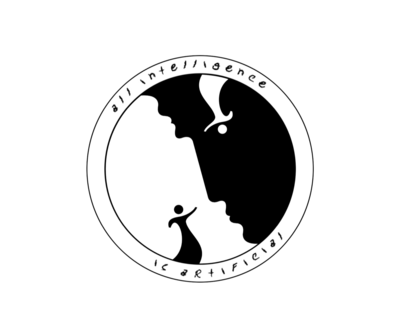All Intelligence is Artificial
5. Dezember 2023 Domgasse 1, 4020 Linz
When hearing and reading about the latest developments in image and text generation by AI, one can find metaphors of dreaming, hallucinating and imagining machines being employed to explain them.
Where did this idea stem from, that machines have an imagination, and the other way around: that people’s imagination is working like a machine?
It seems like „Machinic Imagination“ has been around for at least a century, since Freud wrote the "Interpretation of Dreams" and Technics turned into Techno-Science with its ever more surprising inventions.
What role did the art of the avantgarde, postmodern culture and last but not least technological capitalism play in inventing „imagining machines"?
By trying to understand the latent space of AI and what it does to text and images we cannot help but ask questions about how we use text and images ourselves.
The technological question becomes an anthropological one. There is a line of development from early 20th century literature by Raymond Roussel, the art of Marcel Duchamp, and Donna Haraway’s Cyborg Manifesto up to this AI-moment, which seems worthwhile to revisit in order to discuss the state of human imagination in face of an automated one. What can art do now?
